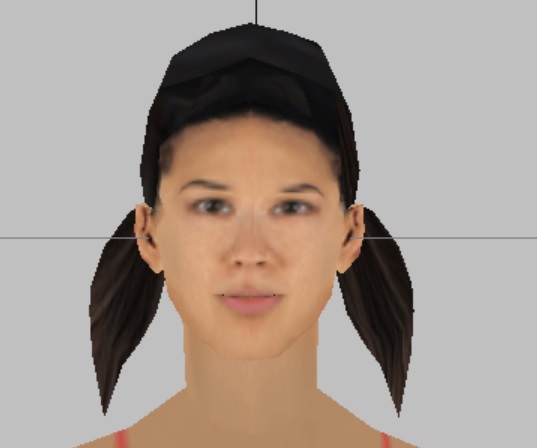Newgamemodder said:
Ah ok, is there a way to convert between them? (e.g Diffuse to pbr and pbr to diffuse?)
Not really, since the standard PBS material defintion covers more than just color. It also specifies roughness and metalness at least, but also eventually normals, subsurface scattering, etc.
But there surely are some tools which try to make a guess, similar to how there are tools to auto generate bump/normal mas from images. Results may often be good enough, but in some cases manual tuning would be required.
I would also look at NVidia Remix. They should have this problem here, so likely they have related tools and converters.
AI could certainly help here, but i guess it's very difficult to gather training data.
Newgamemodder said:
Also how do i identify lighting in a diffuse?
If you want to remove lighting information form an image, that's a hard problem, and actually a generalization of the above.
The problem is common in photgrammetry, where we want to turn lit photos into unlit textures. Lighting has to be removed so we can relight the scene.
I know Unity has such a delighting tool, and it's open source. It works by estimating the environment from the scanned, textured model. And then they subtract the environment contribution from the textures.
To do this, the material properties PBS tries to specify must be known, ideally. But that's hardly possible, so i guess they just assume the material is Lambert diffuse everywhere (opaque rough non metal material without sharp reflections, e.g. concrete or rock).
Newgamemodder said:
is this the correct lighting to use to make an albedo? (image is just an example from gta)
Yes. Looks like albedo without any baked lighting in it.







